Leica-mount rangefinder lenses have a long history, stretching from the thread-mount lenses of the early 1930s to the modern Leitz and Zeiss/Voigtlander Cosina "M" bayonet lenses of the present day.
More to the point for the contemporary reader, the very earliest thread-mount lenses are still compatible (via adapters, of course) with the thoroughly modern Leica M, Micro Four Thirds, and Voigtlander cameras of today. So, new camera shoppers, this affects you directly.
I shoot with a rangefinder, and I think it's the finest sort of camera out there- but the lens selection can be so extensive that I often wonder what the difference might be between this lens and that one. And for the digital-only bunch out there, how do these lenses work on an affordable Micro Four Thirds camera? Are they worth considering?
So here we go: a quick comparison of seven different "standard" rangefinder lenses, from the 1930s to today. THIS IS NOT SCIENCE! It's curiosity. I think we've got a solid comparison going here, and I'll leave most of the conclusions to you. Full-resolution files are linked below, so have a look and decide for yourself.
And if you think that a 70-year-old lens has no relevance to modern cameras, you might want to keep reading (warning: image-heavy!)
Technical notes:
Film samples below are shot on Fuji Velvia 100F in a Leica M3 double-stroke (using a Voigtlander M39/M adapter where required), scanned @ 4000dpi on a Nikon Coolscan V ED with Vuescan 8.6.18; digital images are unadjusted RAW files from a Panasonic Lumix GF1 converted to TIF in Adobe Lightroom 2.5, converted to full-resolution JPG for display and uploaded with Apple Aperture 2.1.4. Digital images are acquired with fixed white balance and identical exposures unless otherwise noted. Film exposures metered with a Sekonic L-208. Due to the Micro Four Thirds crop factor, I've tried to approximate the full-frame composition to give a better impression of what you can expect when shooting the same "type" of picture on a digital sensor. Digital 40mm f1.4 Nokton samples have also been framed to approximate the 50mm view, so you may notice some perspective differences; since the M3 does not have 40mm framelines, the Nokton's film samples will have a slightly wider angle of view. How educational!
Voigtlander/Cosina Nokton Classic 40mm f1.4 SC

A modern lens design in its limited-run single-coated form, designed and sold by Cosina under their Voigtlander rangefinder brand. Slightly wider than the 50mm "standard," this is the lens I use on my own Voigtlander Bessa R3M.
Wildflowers At The Reservoir
1/500s @ f8
Cans
1/1000s @ f5.6
Bottles (wide open)
1/500s @ f1.4
Chart
1/30s @ f5.6
Zeiss/Cosina 50mm f1.5 C-Sonnar

A modern lens design by Carl Zeiss, manufactured in Japan by Cosina.
Wildflowers At The Reservoir
1/500s @ f8
Cans
1/1000s @ f5.6
Bottles (wide open)
1/500s @ f1.5
Chart
1/30s @ f5.6
Leitz Summicron 50mm f2

A mid-50s example of the Leitz Summicron collapsible lens.
Wildflowers At The Reservoir
1/500s @ f8
Cans
1/1000s @ f5.6
Bottles (wide open)
1/250s @ f2
Chart
1/30s @ f5.6
Leitz Summitar 50mm f2

A simpler design than the Summicron, with the same focal length and aperture. This collapsible lens dates to the early 1950s. The example tested here has a slight bubble in the glass- a common flaw in older lenses- which has no effect on the images produced.
Wildflowers At The Reservoir
1/500s @ f8
Cans
1/1000s @ f5.6
Bottles (wide open)
1/250s @ f2
Chart
1/30s @ f5.6
Leitz Elmar 50mm f3.5

One of the first standardized interchangeable Leitz lenses, the original Elmar is a collapsible lens that folds almost flush with the camera body.
Wildflowers At The Reservoir
1/500s @ f8
There is a blur evident in this digital image, probably due to camera shake. You can check out colour balance and contrast here, but see the other images to evaluate sharpness.
Cans
1/1000s @ f5.6
Bottles (wide open)
1/50s @ f3.5
Chart
1/30s @ f5.6
Canon 50mm f1.5

Like many Japanese optics companies, Canon made its fortunes copying German lens designs. In this case, what we're shooting with here is inspired by the mid-50s 50mm f1.5 Zeiss Sonnar. This example has some minor internal and external coating flaws.
Wildflowers At The Reservoir
1/500s @ f8
Cans
1/1000s @ f5.6
Bottles (wide open)
1/500s @ f1.5
Chart
1/30s @ f5.6
KMZ Industar 50mm f3.5

This lightweight Soviet lens doesn't look like much, with its cheap alloy barrel and strictly functional build quality, but it's a cheap and plentiful lens that came standard on Zorki rangefinders for many years.
Wildflowers At The Reservoir
1/500s @ f8
Cans
1/1000s @ f5.6
Note the slight mis-focus in this digital image; see the texture of the asphalt behind the can for a better idea of lens sharpness.
Bottles (wide open)
1/50s metered at f3.5
Chart
1/30s @ f5.6
I mentioned earlier that I'd leave the conclusions to you, but I do want to comment on the surprising results from the KMZ Industar 50mm f3.5 lens. With its loose focus and lightweight build, it doesn't shout quality- but its digital images in particular are surprisingly sharp, with a pleasantly middling contrast and good colour.
All the lenses profiled here have found happy homes, but we try to keep a good stock of rangefinder lenses on-hand, so let us know if you're looking for anything. And as always, we encourage you to try lenses for yourself in store: you may be surprised by a lens that you'd otherwise never thought to consider.
All the lenses profiled here have found happy homes, but we try to keep a good stock of rangefinder lenses on-hand, so let us know if you're looking for anything. And as always, we encourage you to try lenses for yourself in store: you may be surprised by a lens that you'd otherwise never thought to consider.



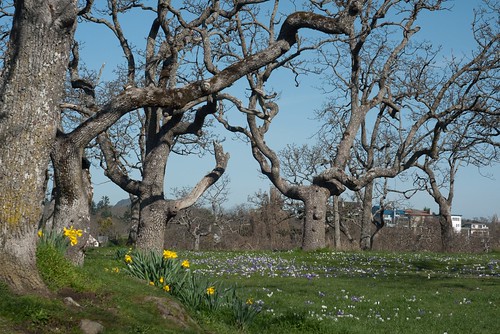


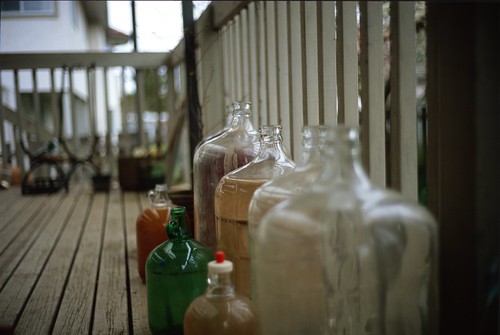
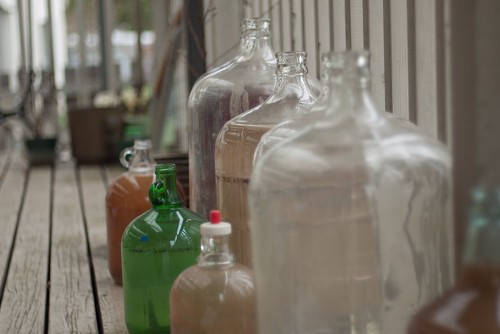
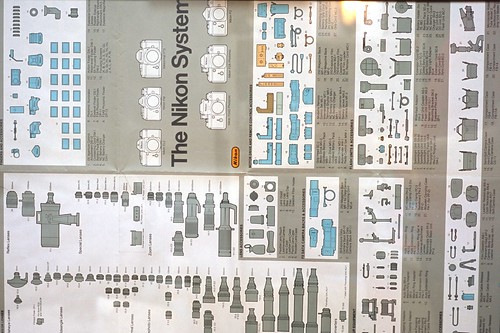


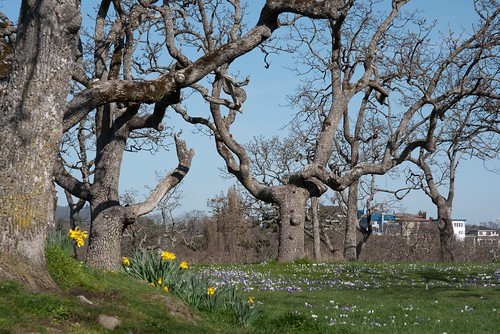


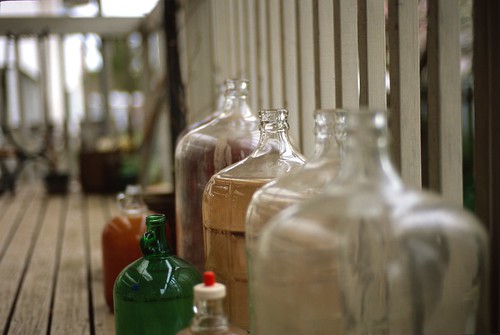
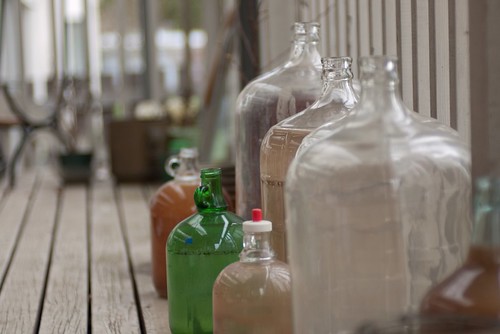
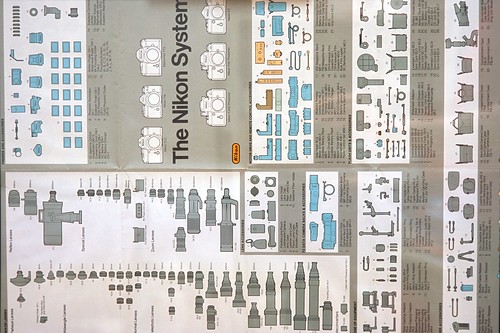
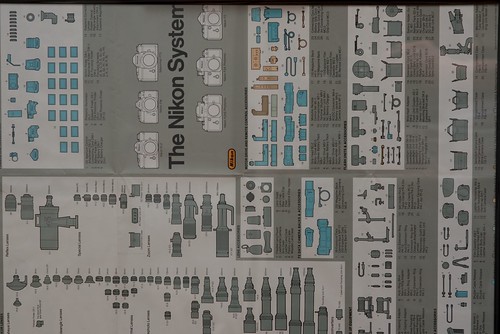







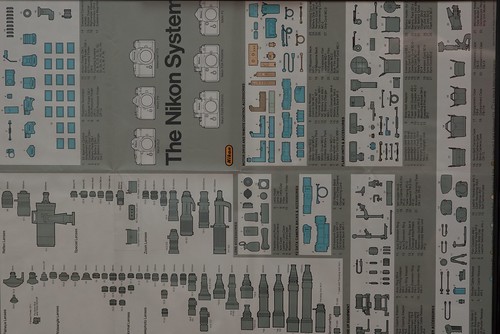
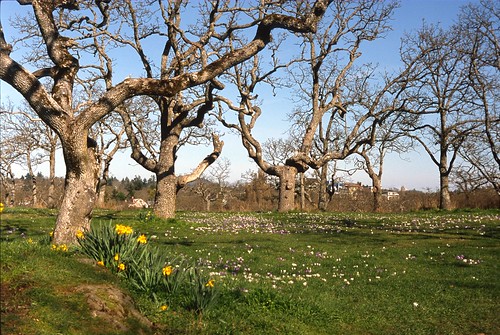
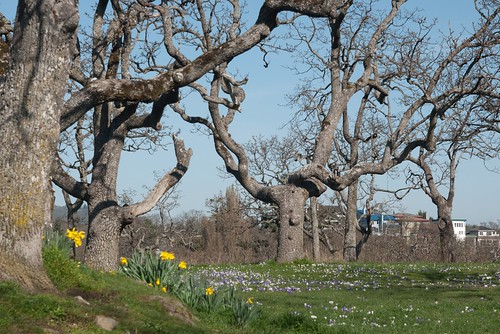


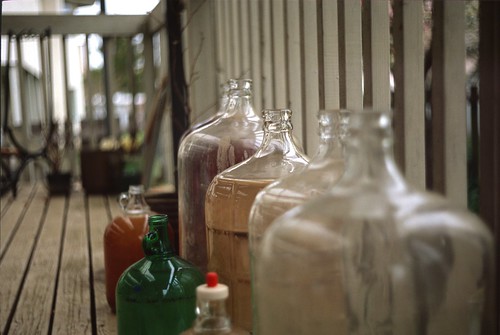
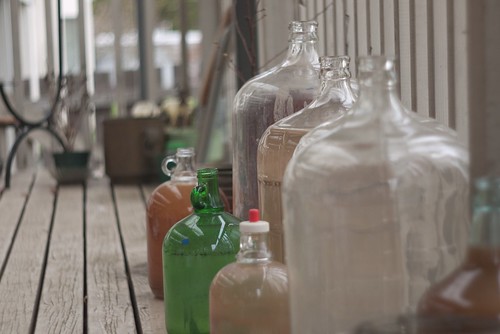

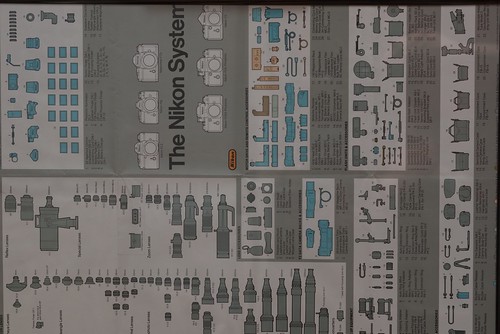

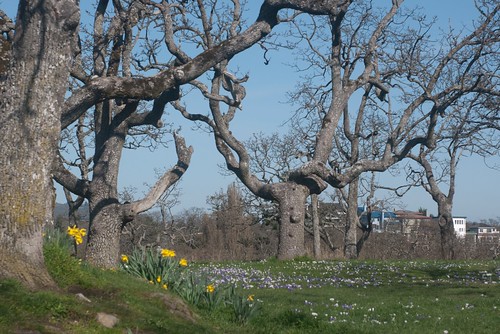


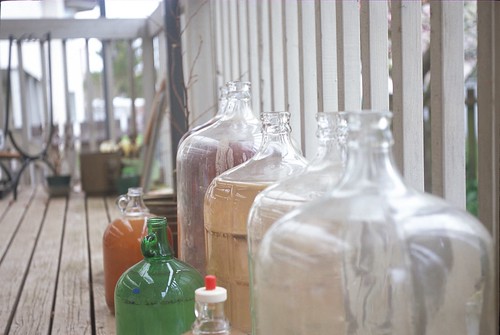
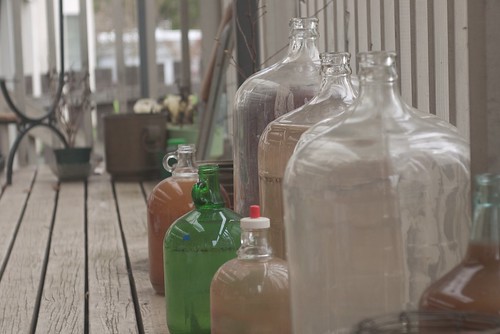
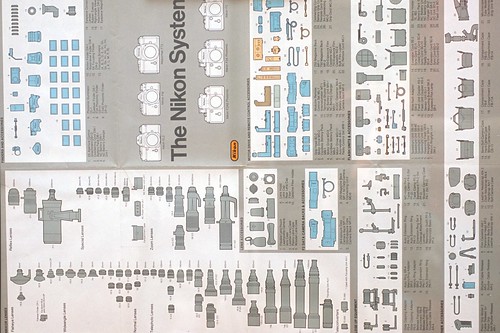
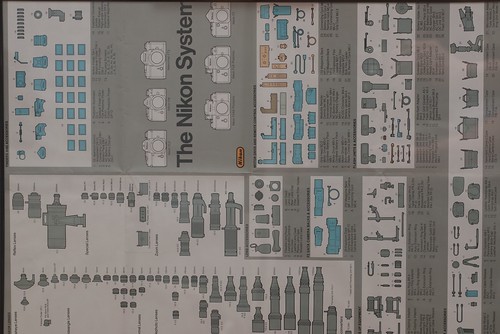

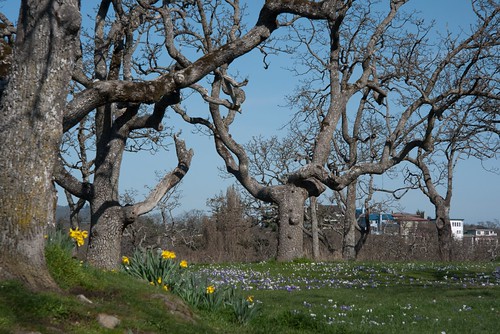


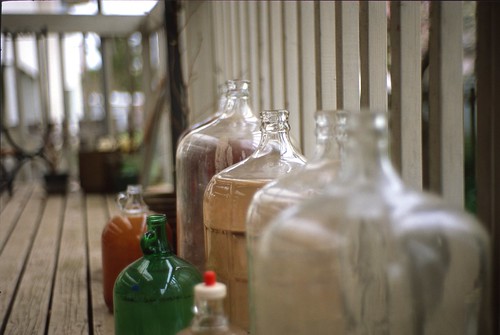
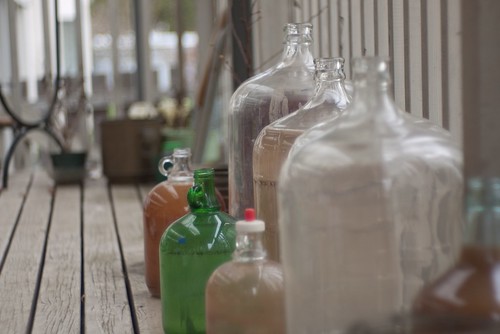
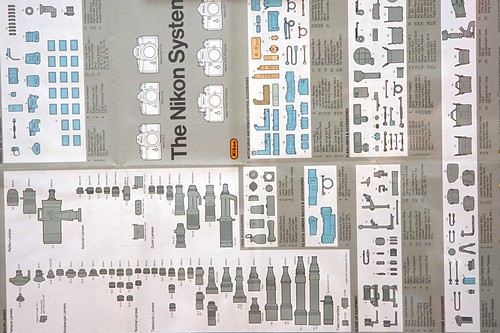
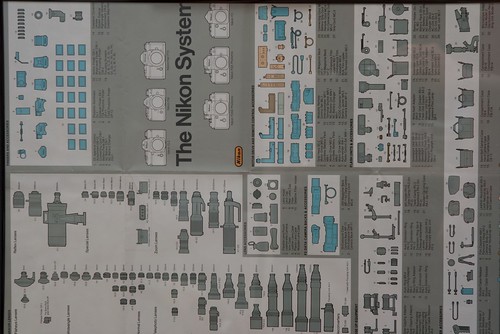





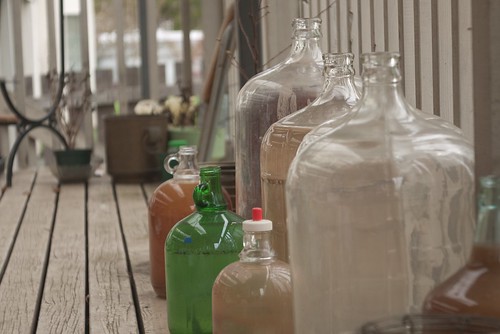
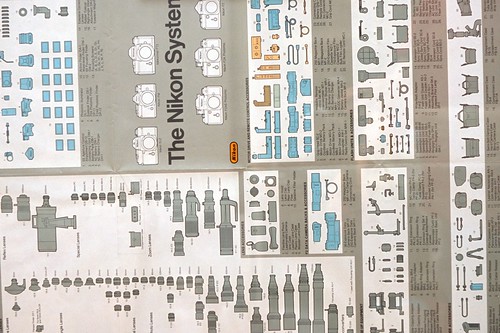
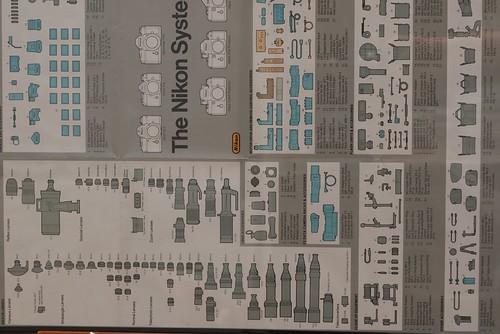
No comments:
Post a Comment